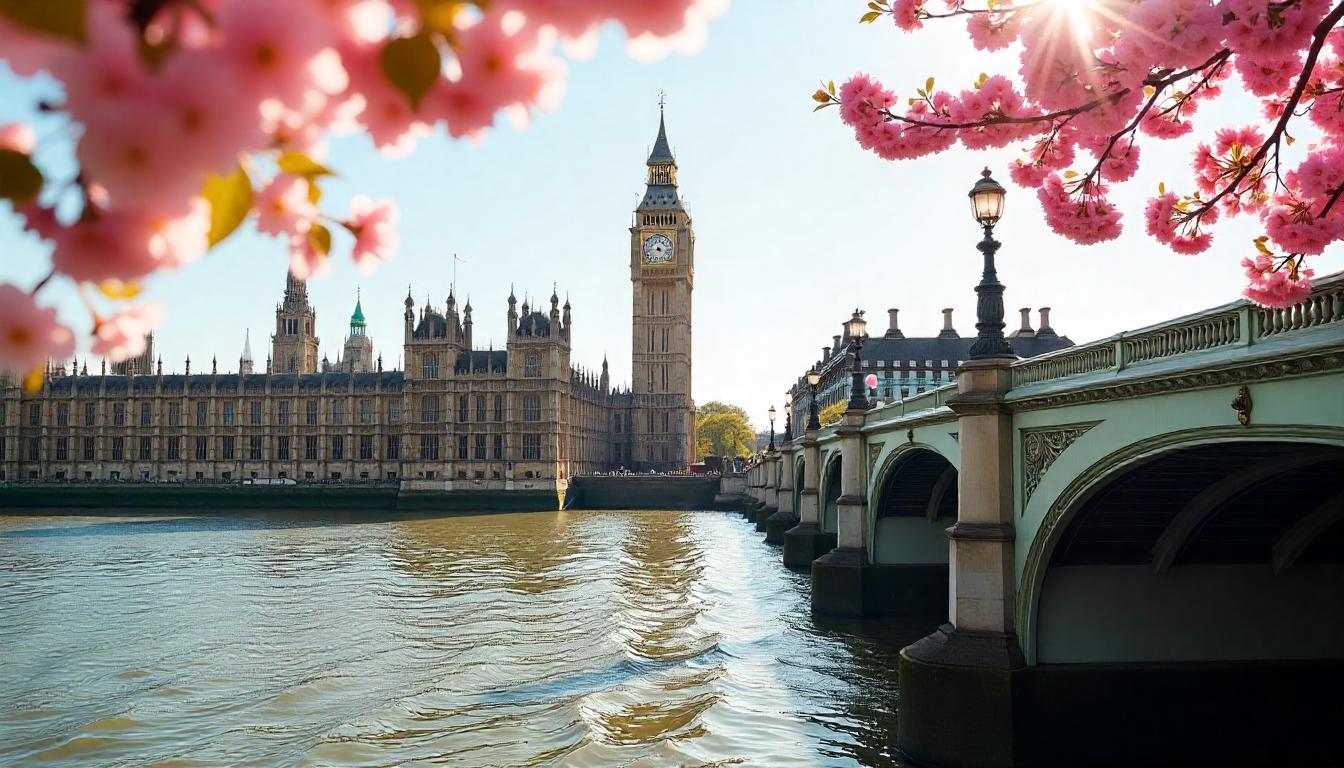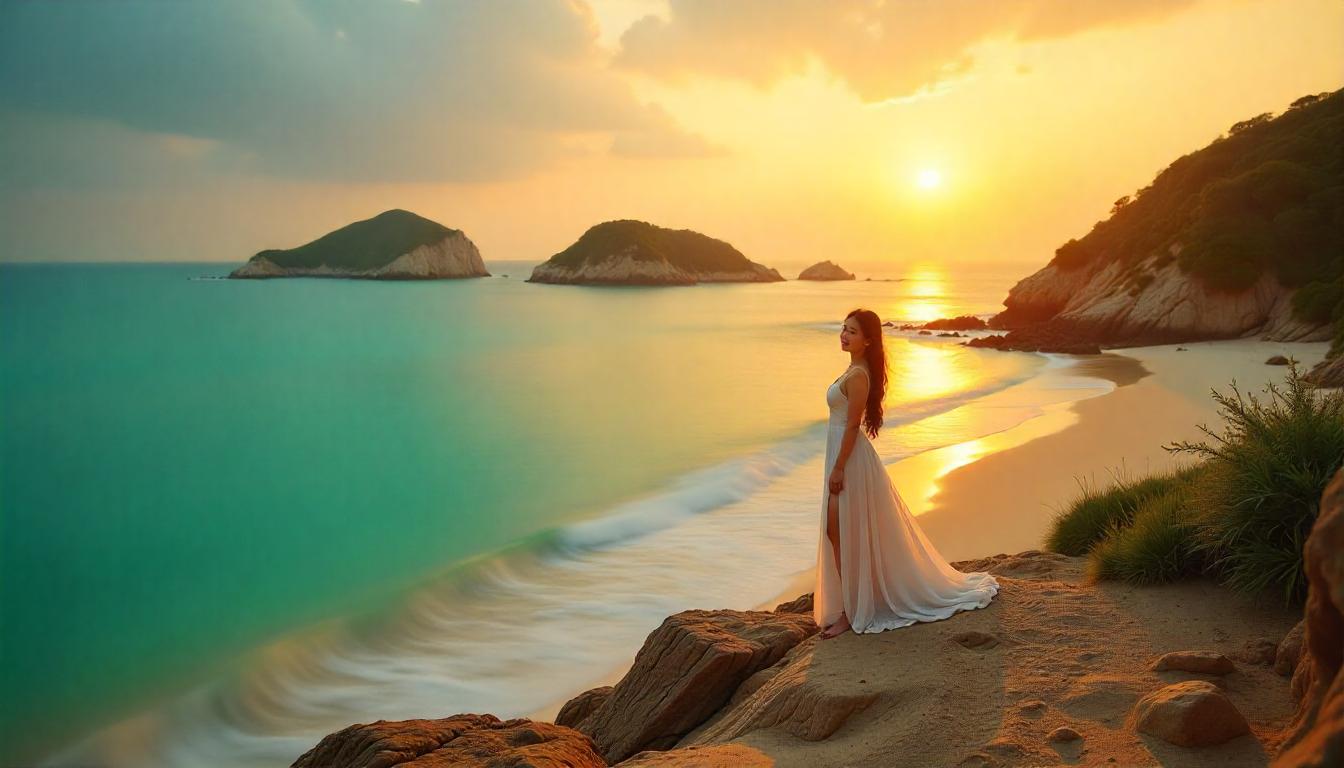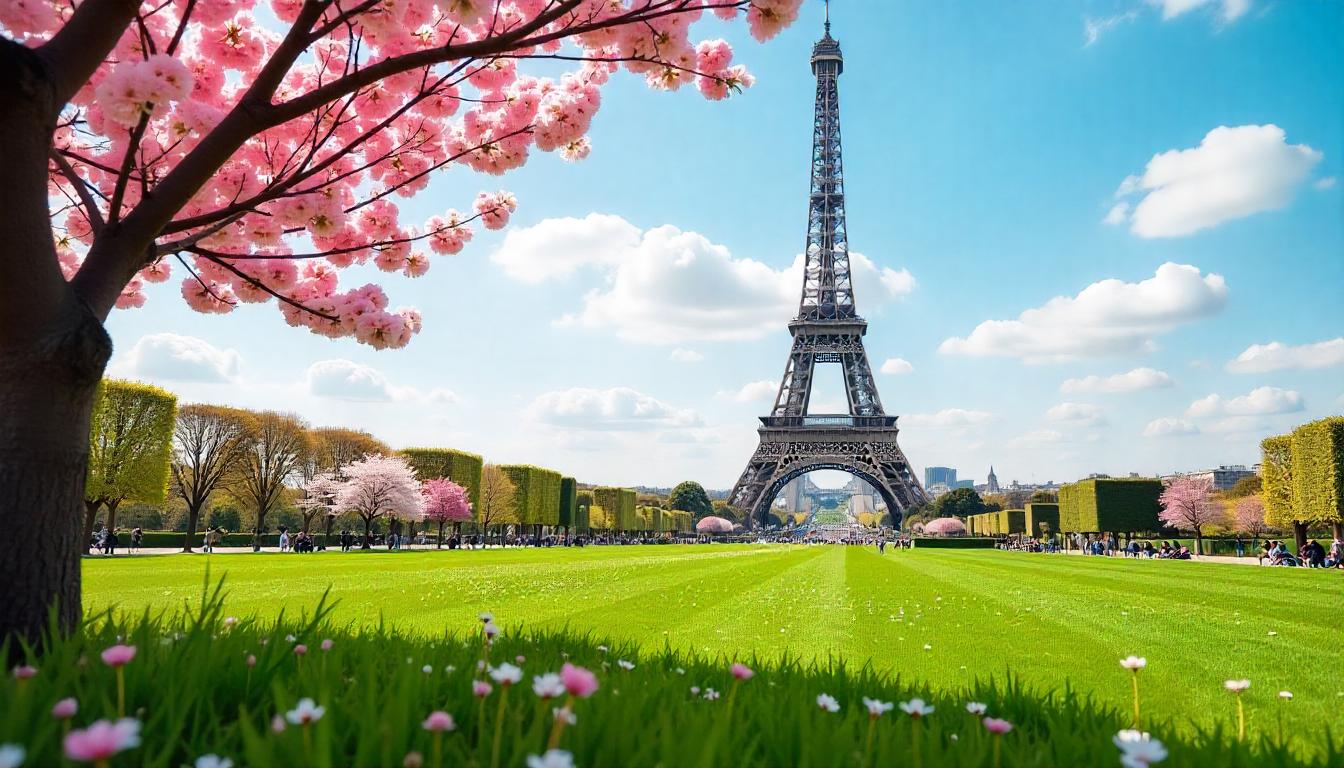≡-Greece Faces Tourism Paradox as Santorini’s World-Famous Beauty Conceals Economic Strain on Local Businesses and Rising Overtourism Pressures – Viral of Today
<> Viral of Today <>
Home » TOURISM NEWS » Greece Faces Tourism Paradox as Santorini’s World-Famous Beauty Conceals Economic Strain on Local Businesses and Rising Overtourism Pressures Saturday, June 28, 2025Greece, while enjoying international fame for its breathtaking landscapes and iconic island destinations like Santorini, is grappling with the downside of its overwhelming tourism success. Despite drawing millions of visitors each year, Santorini’s local economy is facing a serious imbalance, as the vast majority of tourists arrive on cruise ships and depart the same day—leaving restaurants, hotels, and small businesses without the sustained support they desperately need. This surge in short-term, high-impact tourism is not only causing economic instability but also placing immense pressure on the island’s fragile infrastructure, natural environment, and community life. The dazzling views and viral social media presence mask a growing struggle beneath the surface, as Greece confronts the urgent need to make its most beloved island destination more sustainable and economically resilient.Santorini’s Tourism Dilemma: Behind the Beauty Lies a Struggle for Local BusinessesGreece, with its vast collection of over six thousand islands and islets—227 of which are inhabited—remains a dream destination for travellers around the globe. From golden beaches and ancient ruins to dramatic coastlines and sun-drenched villages, the country has captivated visitors for generations. Yet, even amidst the picture-perfect scenery and viral travel moments, not all is well in paradise.One of Greece’s most iconic locations, the volcanic island of Santorini, is facing unexpected challenges beneath its glossy tourist appeal. While the island continues to draw millions each year with its whitewashed cliffside homes, deep blue domes, and breathtaking sunset views, those who live and work there are beginning to express growing concerns.Santorini, long considered a crown jewel of the Aegean, has been a magnet for international visitors since the 1970s. Its unique beauty, architectural charm, and romantic allure have made it a regular on honeymoon lists, Instagram feeds, and travel itineraries. But beneath this surge in popularity lies a paradox that few outsiders see.Local tour operator Gianluca Chimenti, who has called Santorini home for nearly two decades, has recently brought attention to a troubling trend. Despite daytime crowds that pack the island’s narrow lanes and fill its famous viewpoints, Santorini’s economy is suffering from a lack of overnight visitors. According to Chimenti, once the sun sets and the photo ops end, much of the island falls eerily silent.This is due, in large part, to the nature of modern tourism. While thousands flood Santorini each day—especially from cruise ships that anchor nearby—very few remain after nightfall. At the height of the tourist season, as many as seventeen thousand cruise ship travellers set foot on Santorini in a single day, with the majority gravitating toward the bustling capital of Fira and the world-famous clifftop village of Oia. They arrive in droves, spend hours shopping, sightseeing, and taking photos, but then retreat back to their ships by evening.Chimenti likens the transformation to a switch being flipped: bustling by day, deserted by night. This imbalance creates a complex economic reality. Restaurants, cafes, and boutique hotels—which depend on overnight stays, dinner crowds, and after-hours spending—are left with empty tables and quiet streets once the ships sail away.Ironically, Santorini’s popularity may be contributing to its economic inconsistency. Dubbed the “Instagram Island,” the destination’s beauty has gone viral. Its spectacular sunsets over the caldera, pastel-toned buildings, and infinity pools have become must-capture scenes for influencers and tourists alike. Yet much of this digital fame is fleeting. Tourists often view the island through their phone screens, capture their content, and depart—without truly engaging with the island beyond a few hours.This tourism model presents a double-edged sword. On one side, Santorini enjoys global recognition and constant visitor traffic. On the other, it faces mounting pressures from unsustainable tourism. The cruise industry, while essential to Santorini’s exposure, has created a flow of transient visitors who contribute less economically than those who stay in local accommodations or dine in village tavernas after dark.In addition, the overwhelming influx of daytime visitors places significant pressure on Santorini’s infrastructure and natural surroundings. Narrow streets become congested, natural sites face wear and tear, and local residents feel pushed out of their own communities. The authentic charm that once defined Santorini is at risk of being overshadowed by overtourism.Chimenti, speaking to CNN, emphasized the discrepancy between social media portrayals and reality. While videos and posts show a vibrant, bustling island bathed in Mediterranean light, they rarely show the quiet, empty streets after the cruise ships depart. The illusion of perpetual activity hides the reality that businesses—especially those relying on the local economy and not international tour packages—are struggling.This isn’t just a Santorini problem. Across Europe, destinations from Venice to Dubrovnik are grappling with similar challenges—how to welcome tourists without losing the essence of the place. In Greece’s case, the balance between mass appeal and meaningful engagement is becoming increasingly delicate.There are calls from within the community and tourism experts alike for a more sustainable tourism strategy. This could include limiting the number of daily cruise arrivals, encouraging longer stays, or incentivizing tourism outside of the high season. Some islands are already experimenting with measures like visitor caps, time-slot entry to popular sites, and taxes on cruise ship passengers.Ultimately, Santorini’s story is a reflection of global travel trends in the digital age. As destinations gain fame through viral images, the pressures of popularity mount. For places like Santorini—where natural beauty and cultural heritage are the main draws—preserving authenticity and economic viability may require bold decisions.Greece is facing a tourism paradox as Santorini’s soaring popularity fuels overtourism and economic strain, with local businesses suffering due to a lack of overnight visitors. The island’s beauty draws crowds by day, but its economy falters when they leave by night.The future of Greece’s most photographed island depends not only on the number of visitors it receives but also on how it welcomes them—and whether it can convince them to stay, explore, and support the community long after the sun dips below the horizon.«Enjoyed this post? Never miss out on future posts by following us»Tags: cruise tourism, greece, island tourism, mediterranean destinations, overtourism, santorini, sustainable travel, Tourism Crisis, Tourism news, Travel News, travel trends
This information will surprise you!
See also
- Read until the end to discover everything.
- Important information you need to know.
- Interesting facts and helpful tips.
Conclusion
Did you enjoy the news? Keep following us daily!













